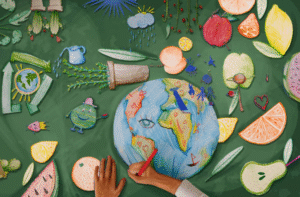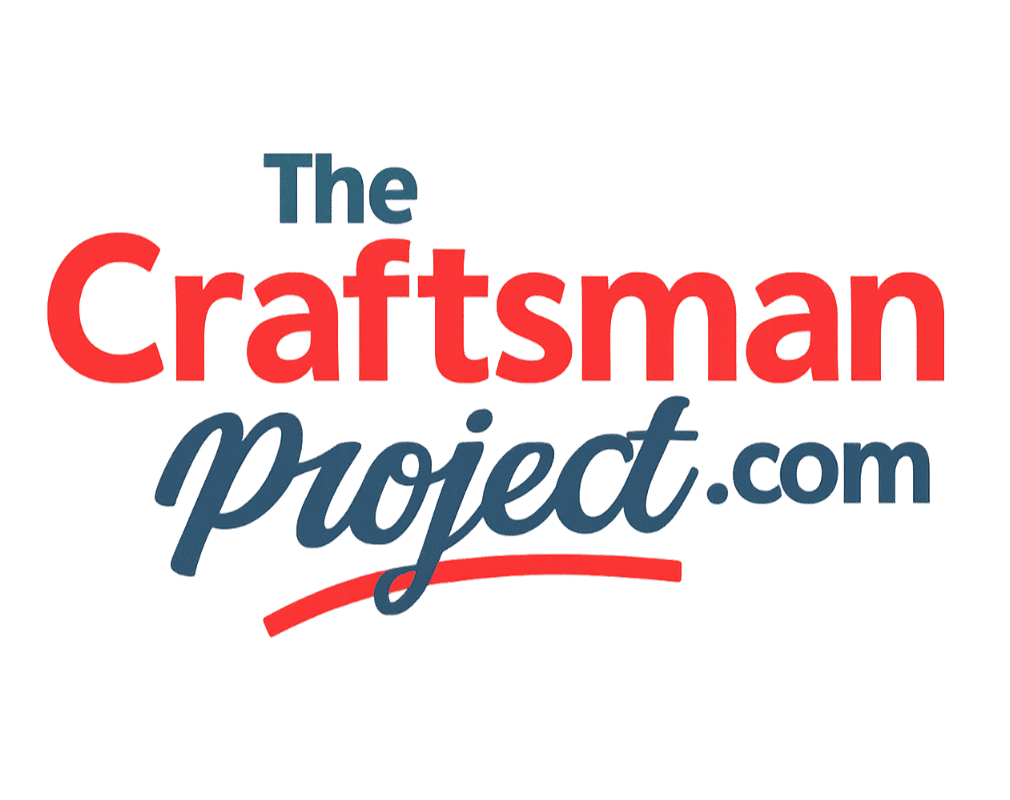What globe human is a simple idea to learn about people, countries, and how we live people are curious about the world. This idea uses a globe to show where people live and how we are connected. A globe is a round map of Earth. When we look at it, we can see lands, oceans, and borders. The phrase helps children and adults think about home, travel, and culture. It makes hard ideas feel small and easy. You can point at a country and ask who lives there. You can learn about food, language, and weather. The globe shows that we are many people but one planet. It helps us love each other and keep Earth safe and clean. We can talk, share, and learn. Small steps help change big things for all of us every day.
You can use the idea in many fun ways. Take a globe or a map and point to a place. Ask who lives there, what food they eat, and what games they play. Check the weather and see why some places are hot and others are cold. Try a simple game: spin the globe and stop with your finger, then find one new fact about that place. Make a small book with pictures and words about the place you pick. Teachers and parents can use this idea to help children learn about people far away. When kids learn about others, they grow kind hearts. They begin to share and to help. Kids can draw flags, learn a few words, or cook a small dish with an adult. These steps make learning real and fun. Older kids and grown ups can read stories, watch short videos, and try to talk with people from other places. Be gentle and curious. Speak kindly, ask questions, and enjoy learning about our shared world.
what globe human: What It Means for Kids
what globe human is a simple way to understand people and our world. It is not just about a globe, but about how humans live together on Earth. A globe is a small model of our big planet. When you look at a globe, you can see land, water, mountains, and countries. The idea of what globe human makes learning fun and easy. It helps kids and even adults know that all people are connected.
When you spin a globe, you can stop your finger on any place and imagine the people living there. They may speak a different language, eat different food, or play different games. But they are still humans, just like us. This idea teaches kindness, sharing, and respect for others. It also reminds us that the Earth is our only home, and we need to take care of it.
Why a Globe Helps Us See People and Places
A globe is more than just a round ball with maps. It is a tool to see the whole Earth at one time. Many kids use books and pictures to learn about the world, but a globe gives a better picture. You can see where oceans meet lands and how countries sit next to each other. This makes it easy to see how close or far people live from us.
When we think about what globe human, we see how people are spread out all over the Earth. Some live in hot deserts, others in cold snowy lands. Some live near the sea, while others live on mountains. Every place is different, but people everywhere have families, friends, and dreams. The globe reminds us that even though we live in different places, we are all part of one big family.
How to Play a Globe Game and Learn Fast
Learning should be fun, and what globe human can be made into games. A simple game is spinning the globe and pointing at a random spot. Then, find out one fun fact about that place. Maybe learn its capital city, one food they eat, or the kind of clothes they wear. Kids love this because it feels like a mystery game.
Another fun game is “guess the country.” Someone spins the globe and stops at a place without saying the name. The others must guess by asking yes or no questions. This game helps children learn about countries quickly. Games make education feel like playtime, and they also make kids curious about people around the world.
what globe human: Learn About Food, Clothes, and Homes
When we look at the globe, we learn more than just names of places. We learn about how people live. Food, clothes, and homes are part of human life everywhere. In India, people may eat rice and curry. In Italy, people love pasta and pizza. In Japan, sushi is very common.
Clothes also change with weather. People in cold places wear thick coats and boots. In hot places, they wear light clothes. Houses are also built differently. Some are tall apartments in cities, while others are small huts in villages. Learning these differences helps kids understand culture and respect others. The globe shows us these changes and makes us appreciate how special each culture is.
Easy Home Activities with a Globe
Parents and teachers can make what globe human into daily lessons. At home, you can pick one country each week to explore. Cook a dish from that country, listen to its music, or watch a short video about its people. You can even draw the flag of that country.
Another idea is to keep a “world diary.” Each time you learn about a place, write one or two sentences and add a picture. Over time, the diary becomes a small book of knowledge. Kids love looking back at their diary and seeing how much they have learned. This simple habit builds curiosity and love for the world.
what globe human and Caring for Our Planet
The globe is not only about learning where people live. It is also about learning how to take care of Earth. Our planet is facing big problems like pollution, cutting down forests, and climate change. When kids understand what globe human means, they also learn that Earth is our shared home.
If we throw trash in the ocean, it affects people who live far away. If forests are cut, it hurts animals and humans too. Simple actions like saving water, planting trees, and recycling can protect Earth. Teaching kids about care for the planet helps them grow into responsible adults.
Questions to Ask When You Spin the Globe
Here are some fun questions kids can ask when playing with a globe:
- Who lives in this country?
- What language do they speak?
- What food is famous here?
- Is it hot, cold, or rainy most of the year?
- What animals live here?
By asking these questions, kids learn more than just names. They learn stories about people, cultures, and daily life.
Stories from Places Far Away (Short and Simple)

Stories are a great way to teach what globe human means. Parents can read short stories about children from other countries. A story about a boy in Africa who fetches water, or a girl in Japan who learns calligraphy, can open kids’ eyes. These stories make the globe feel real and alive.
Hearing about others helps children feel connected, even if they live far away. It builds empathy, love, and respect for different ways of living.
Teaching Kindness with Maps and Globes
The best lesson of what globe human is kindness. When kids see how big the world is, they also learn how small each one of us is. But together, we can make it a better place. Teachers and parents can use maps and globes to remind kids that every person matters.
Simple acts like saying hello in another language, sharing food, or helping friends make the world brighter. A globe is not only a learning tool but also a kindness tool.
Fun Craft: Make a Mini Globe Project
A creative way to teach what globe human is through art. Kids can make their own mini globe using paper, colors, and glue. They can draw continents, oceans, and even small people or animals.
This activity makes learning hands-on. Children feel proud of their work and remember what they learned. Craft projects also improve focus and creativity.
how teachers can use what globe human in class
Teachers can use this idea to make learning exciting. They can divide the class into groups and give each group a country to study. Each group can share facts like the flag, food, and songs. This makes class lively and fun.
Teachers can also use music, videos, and stories to explain. Kids remember better when they see and hear real-life examples. what globe human can turn a boring lesson into an adventure.
Conclusion
what globe human is more than a phrase. It is a way to connect kids and adults with the world. By using a globe, we learn about food, clothes, homes, and cultures. We also learn to care for Earth and respect people everywhere. It is a simple but powerful idea that builds knowledge and kindness.
The world is big, but with small steps like learning, sharing, and caring, we can make it better. what globe human reminds us that we all live on the same planet, and together, we can protect it and love each other.
FAQs
Q1: What does what globe human mean?
It means learning about people and how they live on Earth using a globe.
Q2: Why should kids learn about the globe?
It helps them understand the world, respect cultures, and love the planet.
Q3: Can learning about the globe be fun?
Yes! Through games, crafts, food, and stories, kids enjoy learning.
Q4: How does it teach kindness?
It shows that people are different but also the same in many ways, which builds respect.
Q5: Can teachers use it in school?
Yes, teachers can use globes, maps, and stories to make lessons fun and interactive.
